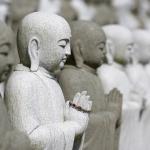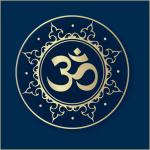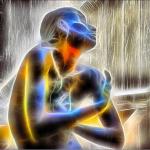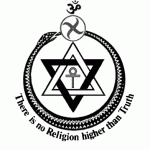Fields Of Consciousness
Our personal Inner Nature, which we all have in common, is something we need to understand if we are to know ourselves. The common notion that a person is a physical body and has a soul might be better reversed. Thinking that the physical body is the real person is like mistaking a house for the person who lives inside it. Theosophy teaches that we are really the "monad" or inner unity, a fragment of divinity, a spark of the divine flame, which lives in many houses.

A body is our interface with the surrounding environment. In fact, we have as many interfaces or bodies or energy fields as we have environments. In addition to the dense physical environment, we have environments of vital energy, feelings, thoughts, and intuitions. Our interface with each environment performs two functions. On the one hand, it is the channel through which we experience and influence that environment. On the other hand, the kind of interface we have with an environment also limits how much of that environment we can experience and respond to.<!--more-->For example, our physical senses are like windows. Windows let us see out of a house, but the number of windows in the house and the direction they face determine what we can see of the neighborhood around. Similarly, what senses we have and the range of their sensitivity determine what we can perceive of the world. There is more to reality than we can observe through our usual sense-windows. And that is true of all of our bodies ?all of our interfaces with the many environments in which we live. As Hamlet told his friend, "There are more things in heaven and earth, Horatio, than are dreamt of in your philosophy."
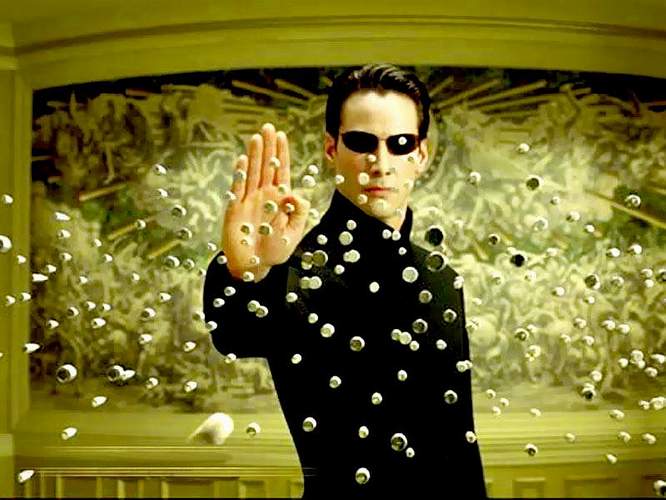
Theosophy teaches that our solar system includes seven interpenetrating planes of matter or fields of energy. Three of these are directly involved in our personal or psychological evolution, the physical, the emotional, and the mental. The physical plane has two main subdivisions, the dense physical and a subtler physical level often called "etheric." Similarly, the mental plane also has two main subdivisions, often called “lower” and "higher," but here the lower mental will be called simply “mental” and the higher will be called "causal," for reasons explained later. These various grades of matter furnish the stuff of our several bodies.

The term “bodies” is used for our interface with the energies of these fields, but these “bodies” should not be thought of as fixed and static. We know that, even though our dense physical body appears to be the same from day to day, it is constantly changing, although at a much slower rate than our subtler bodies because of its lower rate of vibrations. Our subtler bodies may be thought of as flowing lines of force that generally follow a certain pattern, modified in each instance by our characteristic thoughts and emotions, attitudes toward life and the world, and manner of reacting to experience. All bodies are really localized fields of force or concentrations, individual foci, of the energies of the larger fields in which they operate. Each of the bodies has around it a radiating energy field, of which it is the centre; these surrounding energy fields are called "auras."
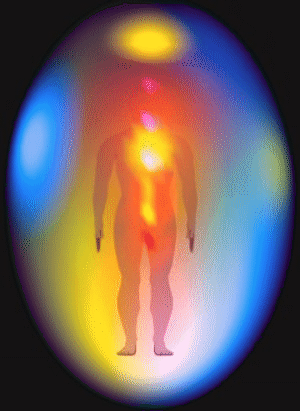
Chakras
The connections between our various bodies are the chakras, a Sanskrit word that means “wheel” or "circle." They are seven major energy centers (and a number of minor ones) distributed over our subtle bodies at points where channels of energy converge, each having the appearance of a wheel or a lotus flower. They concentrate the energies flowing through the bodies and communicate them from one plane of reality to another. Regarding the dense physical body, the major chakras are located approximately at the base of the spine, the root of the reproductive organs, the navel, the heart, the throat, the forehead between the eyebrows, and the crown of the head.

Etheric Field
Our physical body has two "parts" or aspects. One is the dense body composed of solids, liquids and gases. The other is a largely invisible aspect. It is called the "etheric double" or "vital body," and it serves several important functions, such as being the pattern by which the dense physical body is built. Not only the outer frame, but every cell of the dense physical body has this ethereal or vital counterpart, formed of finer matter and ordinarily although not always invisible to the human eye. Since the etheric double cannot sustain consciousness separated from its dense counterpart, it is not a body distinct from the dense part of the physical. It is, however, the carrier of physical sensation and acts as a bridge between the dense physical body and the more subtle aspects of our being another of its important functions. The etheric double absorbs energy from the sun and transmits it as vitality, sending it streaming along the energy lines of the body and emitting the surplus in every direction as a bluish-white light. It is sometimes called the "health aura" because its colors and vibrations indicate the individual's state of physical vitality and health. Healers who practice a technique called Therapeutic Touch work with the health aura to facilitate the body's own powers of recuperation.
The Emotional Energy Field.
The emotional body, extending slightly beyond both the physical form and the etheric double, is the vehicle of feeling and desire, ranging all the way from earthy passions to inspiring emotions. Clairvoyants have described it as in constant motion, radiant and luminous in appearance. It is because of this luminous appearance that it is sometimes called the "astral" or starlike body (from the Greek word for "star,"?astron). The term astral, however, has been used in several different senses in Theosophical writings, sometimes for what is here called "etheric" and sometimes in a general sense of "subtle."
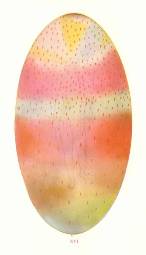

When the physical body sleeps, the consciousness continues to function in the emotional body (memories of the experiences in this body sometimes come through to the physical brain in the form of remembered dreams or other impressions). The greater part of the matter composing the emotional body is concentrated in the limits of the physical frame, and since during waking hours most of the lines of force in the emotional body follow the outlines of the physical body, it tends to maintain the same shape and appearance during sleep, so that the person's emotional-world form is recognizable. There is also a larger energy field or aura that extends around the body and reflects the emotions that dominate at any given time. Clairvoyants describe the emotional body of an evolved person as filled with vibrant and luminous colours. In a less evolved person the colours are darker shades. When emotions such as selfishness, greed, jealousy, and sensuality predominate, dark browns, muddy greens, and livid reds are conspicuous: we sometimes use the words "muddied thoughts and feelings" a phrase that appropriately describes these shades.
The left astral image above shows the astral body of an irritated person, whole the right picture shows the astral body of a normal person as seen by a clairvoyant.
Mental Energy Field
Theosophy describes each of the planes or fields of the universe as having seven subdivisions of matter or frequency. The "lower" mental body is composed of the four denser subdivisions of the mental plane; the causal body, on the other hand, is the vehicle of consciousness in the three subtler or “higher” subdivisions. When they are thought of as aspects of, or vehicles for, consciousness rather than as material bodies, the mental body is sometimes called the "lower mind," and the causal body the "higher mind." The mental body, which penetrates and extends beyond the emotional and physical bodies, is our mental interface with the world. It is our vehicle for thinking about experience.
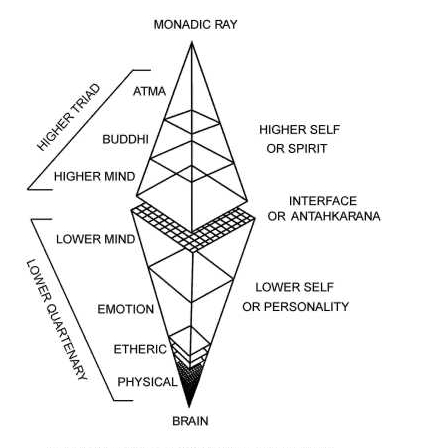
When the mental body is in use, it vibrates rapidly and temporarily increases in size. Prolonged thought makes the increase permanent, so the mental body or energy field is built day by day through the right use of thought power. As the quality of the emotional body is dependent on our habitual emotional attitudes, so the quality and clarity of the mental body depend on our characteristic patterns of thinking. Because emotion and thought are interrelated, each affecting the other, these two bodies are closely linked. The mental together with the emotional is called by a Sanskrit term, kamamanas, which means "desire mind." Functioning in coordination, they produce types of "thought-emotion," each of which reflects its own special color in the aura. Clairvoyants see pride as orange, fear as livid gray, and irritability as scarlet. Thought-feelings of unselfish affection glow with a pale rose color; intellectual endeavor, pure yellow; devotion, clear blue; sympathy, bright green; and spirituality, lilac blue or lavender.



